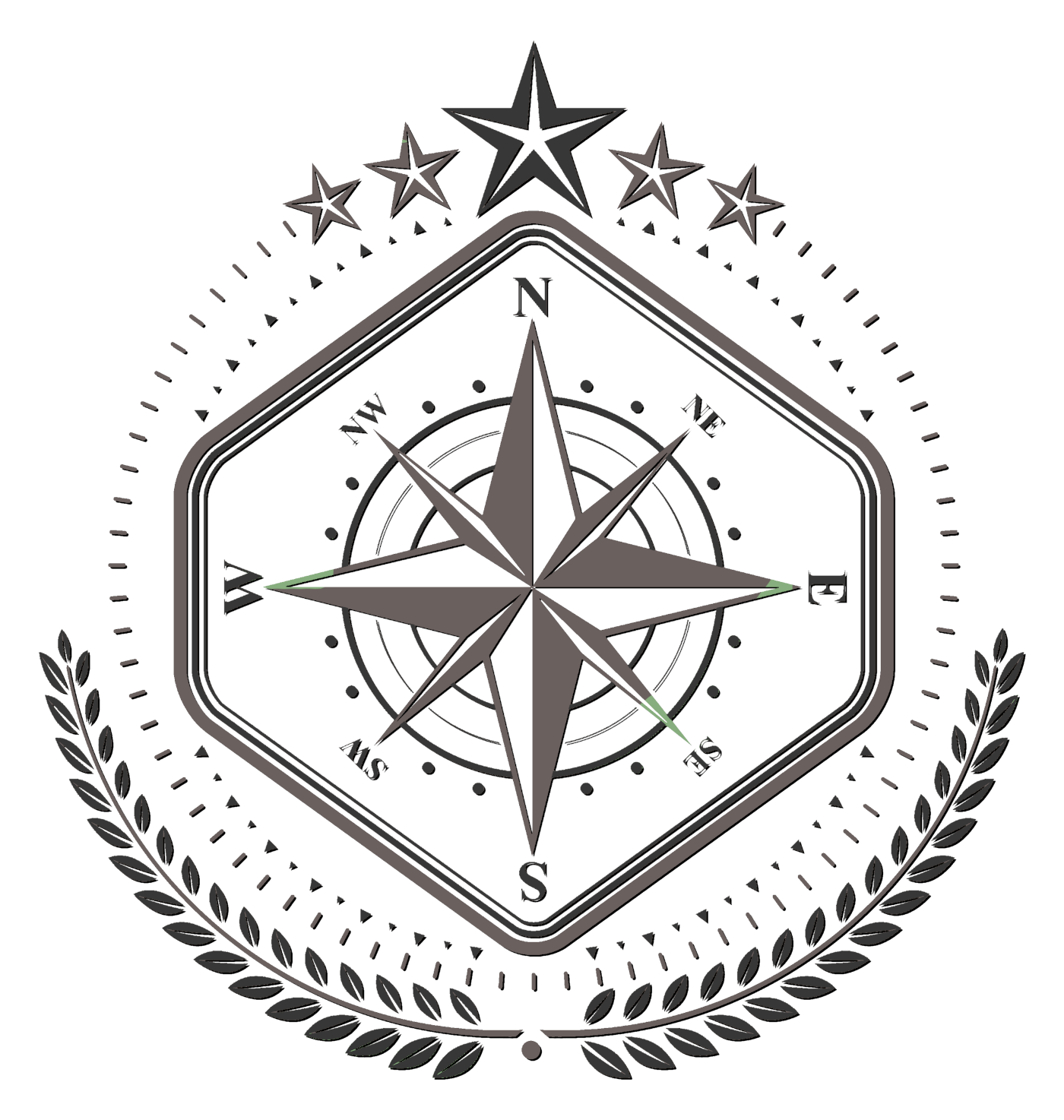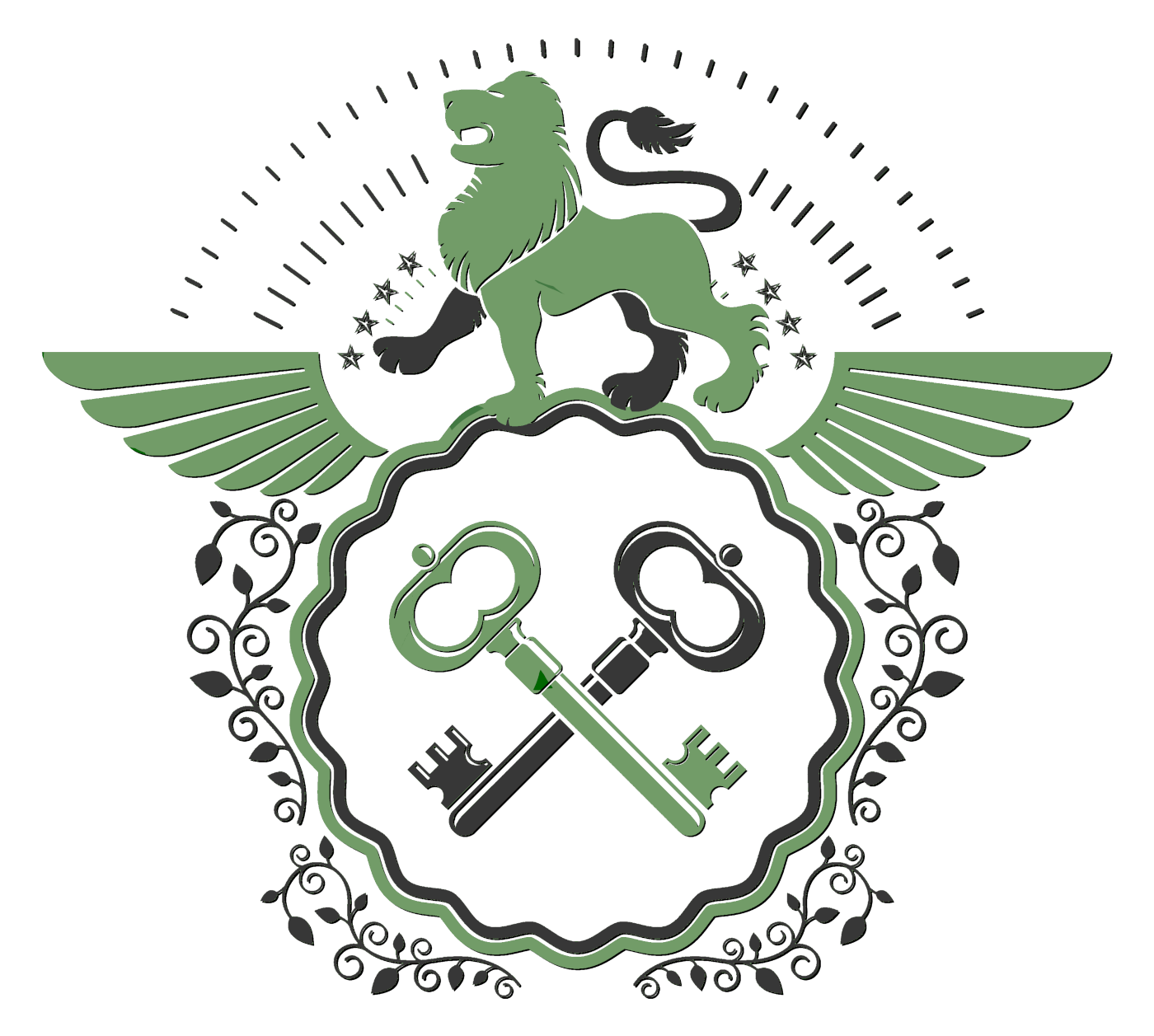Thanks, Karthmin!

Karthmin wrote:
I mean, I don't know how much that comes into the actual writing of the story....but it's great to have that background so that YOU know exactly what is where and so you have a greater feel of your world. That's something I don't do enough of, I think.
Well, this planet has multiple moons that exert a stronger gravitational force on the planet than our moon does...so there will be more tectonic activity...and thus more volcanos, earthquakes, &c...and those volcanos and earthquakes will usually be around tectonic plate boundaries. So with my map, I could, say, find an area that would be particularly earthquake-prone, then set a story there to give it a certain atmosphere of instability and danger.
But honestly, that's just an excuse. I love worldbuilding; I do it whether or not it has anything to do with my writing. So it's easy for me to develop tons of background detail that may not ever be important in a story. My problem is actually writing the story.

Karthmin wrote:
But I have a question: So, you have all the plates going in different directions. Which is awesome. But is there a reason for the direction the plates are moving? I mean, in our world, we can theorize back to the flood as the reason for the plates moving in the directions that they move. So is there a rhyme and reason for the directions these tectonic plates move in Drisije? If so, what is it (if I may ask)?
Nope. No reason at all. (But thanks for asking nevertheless.) Basically, I figured out where I wanted my landmasses, mountains, islands, &c, and then I drew the tectonic plates and how they were moving based on what configurations might create the landmasses, mountains, &c that I wanted.
I do this all the time. If I was a thoroughly scientific worldbuilder, I would figure out where things started and then go from there, seeing what sorts of land I ended up with. But I'm more of a...you could say artistic worldbuilder, I guess...instead; I like to carefully sculpt the final result. Yet I still like to go back and come up with reasons for it. Same with my languages. Some people make up a "protolanguage", as it's called, and then apply historical changes to it until they've derived the modern version of their language. I just create the modern language as I'd like it to be, but I do still think a bit about what sorts of structures would give rise to its grammar. Honestly, I think these two different approaches could apply to any imitative creative endeavor.



